(41999 products available)



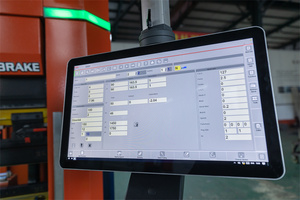






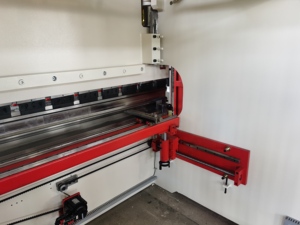








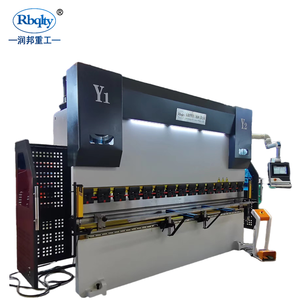



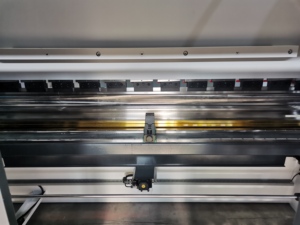
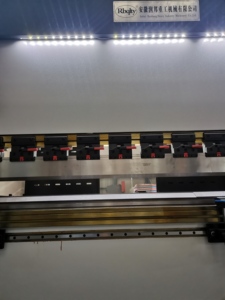
























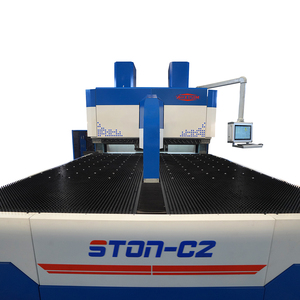


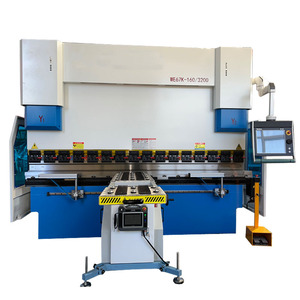

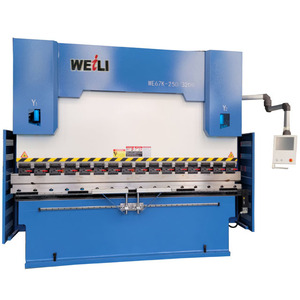








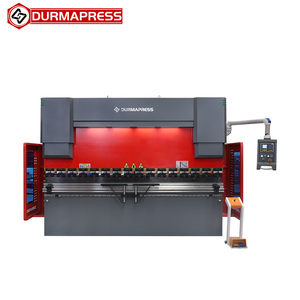



















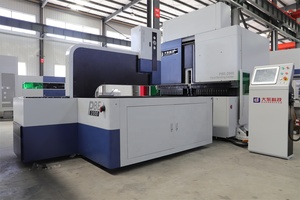











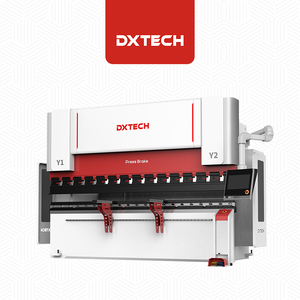
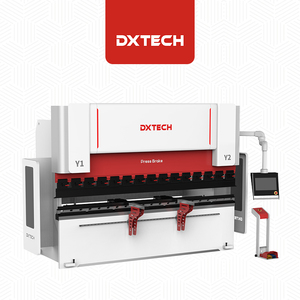


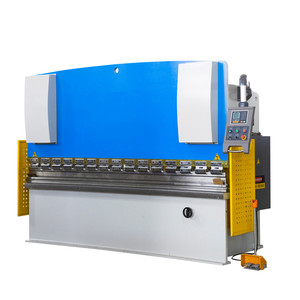










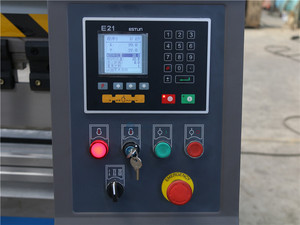

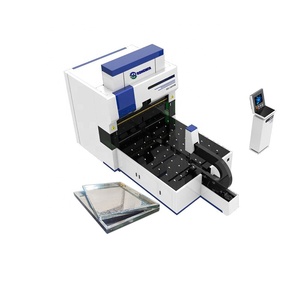






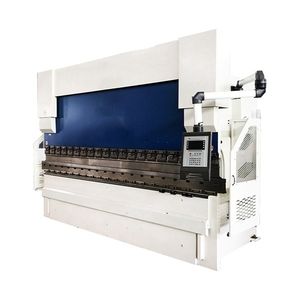






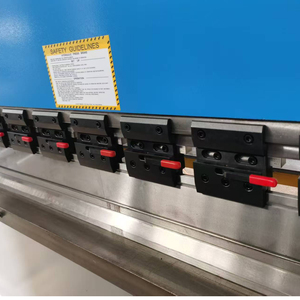

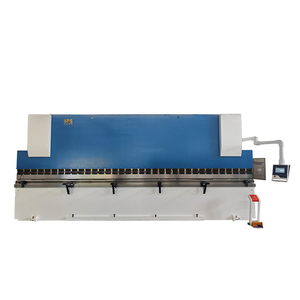

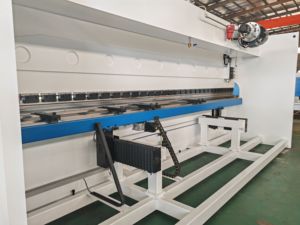



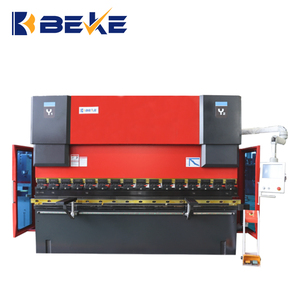
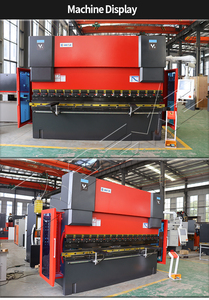


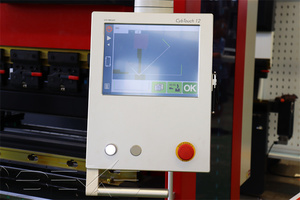




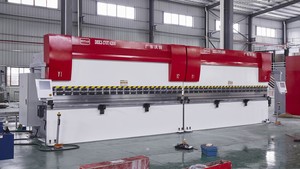



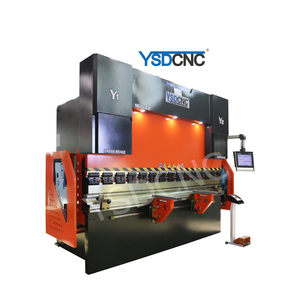







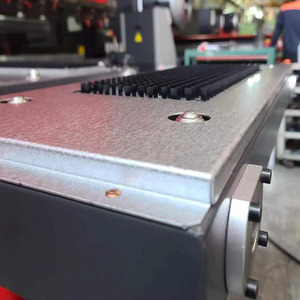












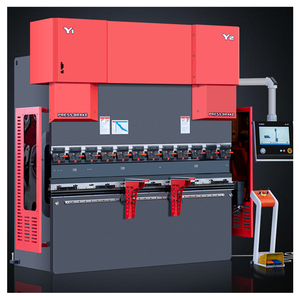









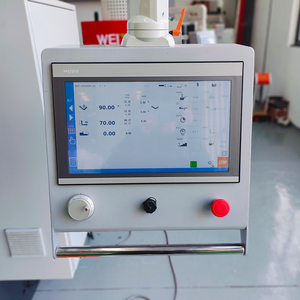
















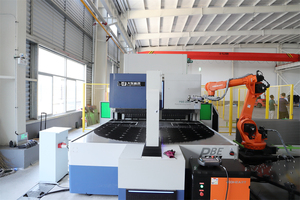

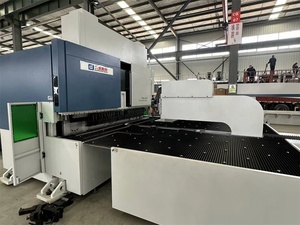





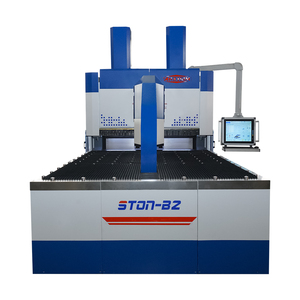


In the vast realm of industrial machinery, bending machine automatic synchronizer hold a significant place due to their versatile applications in metalworking. These machines are essential tools in various industries, including automotive, aerospace, and construction, where precise bending of metal sheets and pipes is required. The primary function of bending machine automatic synchronizer is to manipulate metal materials into desired shapes and angles, ensuring the structural integrity and functionality of the final product. By utilizing advanced technology and robust construction, these machines deliver high precision and efficiency, making them indispensable in production lines.
Understanding the different types of bending machine automatic synchronizer is crucial for making informed decisions. Primarily, there are three types: manual, hydraulic, and CNC (Computer Numerical Control) bending machines. Manual bending machines are basic and require human intervention, suitable for simple tasks and small-scale operations. Hydraulic bending machines, on the other hand, offer greater power and precision, using hydraulic pressure to bend metal sheets with ease. These machines are ideal for medium to heavy-duty applications. CNC bending machines represent the pinnacle of technology in this field, offering automated precision and repeatability. With programmable controls, CNC machines can handle complex bending tasks with minimal human oversight, making them perfect for large-scale industrial applications.
The functionality of bending machine automatic synchronizer extends beyond simple bending. These machines are equipped with features that enhance their operational capabilities. Key features include adjustable bending angles, which allow operators to set precise angles for different projects. Additionally, some machines come with interchangeable dies, enabling the bending of various metal profiles, such as tubes, rods, and sheets. Another noteworthy feature is the back gauge system, which ensures consistent bending dimensions, crucial for maintaining uniformity across multiple pieces. The integration of safety mechanisms, such as emergency stop buttons and protective guards, further enhances the operational safety of these machines, protecting both the operator and the equipment.
When discussing bending machine automatic synchronizer , it is essential to consider the materials they are designed to work with. These machines are typically constructed from high-strength steel and other durable alloys to withstand the significant forces involved in bending operations. The materials used in the construction of bending machines are chosen for their ability to resist wear and tear, ensuring long-term reliability and performance. Moreover, the dies and tooling components are often made from hardened steel or carbide, which are resistant to deformation and capable of producing precise bends. This choice of materials ensures that the machines can handle a wide range of metals, including aluminum, steel, and copper, making them versatile tools in any manufacturing environment.
To maximize the efficiency and longevity of bending machine automatic synchronizer , it is important to follow best practices in their operation. Firstly, operators should be trained in the specific machine's functions and safety protocols to prevent accidents and ensure optimal performance. Regular maintenance, such as lubrication of moving parts and inspection of dies, is crucial to keep the machine in top working condition. When setting up a bending operation, it is important to select the appropriate die and bending angle for the material being processed. Careful alignment of the metal piece and verification of settings can prevent errors and reduce material wastage. Additionally, monitoring the machine's performance and making necessary adjustments during operation can lead to more consistent results and higher productivity.
Choosing the right bending machine automatic synchronizer involves a thorough understanding of your specific industrial needs. One of the crucial aspects to consider is the machine's capacity and size. Depending on the volume of work and the dimensions of the materials being processed, you may need a machine with a larger capacity for thicker or wider metal sheets. Additionally, the type of bending technology—whether manual, hydraulic, or CNC—should align with your production needs. Hydraulic machines offer robust power for heavy-duty applications, while CNC machines provide precision and automation for complex tasks. Evaluating these factors will help ensure that the selected machine meets your operational demands efficiently.
Another critical factor is the flexibility and adaptability of the bending machine automatic synchronizer to accommodate different bending requirements. Machines with adjustable bending angles and interchangeable dies allow for greater versatility in handling various metal profiles. This adaptability is particularly important for industries that deal with diverse projects and require quick adjustments to meet changing specifications. Additionally, consider the ease of operation and maintenance, as machines with user-friendly interfaces and accessible components can significantly reduce downtime and enhance productivity.
Ensuring safety while operating bending machine automatic synchronizer involves several measures. Operators should be thoroughly trained in the machine's functions and safety protocols to prevent accidents. It is essential to use protective gear, such as gloves and eye protection, and to keep hands clear of moving parts. Regular inspections and maintenance of safety features, such as emergency stop buttons and protective guards, are crucial for safe operations. Additionally, maintaining a clean and organized workspace can minimize risks associated with tripping or accidental contact with the machine.
Determining the appropriate bending angle with bending machine automatic synchronizer requires an understanding of the material properties and project specifications. The bending angle should be calculated based on the desired shape and structural requirements of the final product. Using precision tools, such as angle gauges, can assist in setting the correct angle. It is also beneficial to perform test bends on sample materials to ensure accuracy and to adjust settings accordingly. Consulting with engineers or experienced operators can provide valuable insights into achieving optimal bending results.
CNC bending machine automatic synchronizer offer numerous advantages, including precision, automation, and repeatability. These machines are equipped with programmable controls, allowing for consistent and accurate bending of complex shapes without extensive manual intervention. CNC technology reduces human error and enhances efficiency, making it ideal for large-scale production. Additionally, the ability to store multiple programs enables quick transitions between different bending tasks, saving time and resources. The automated nature of CNC machines also allows for better integration with other production processes, streamlining the overall workflow.
While bending machine automatic synchronizer are designed to work with a variety of metals, their capability can vary depending on the machine's specifications and construction. Most bending machines can handle common metals like steel, aluminum, and copper. However, the thickness and hardness of the material can impact the machine's performance. It is important to review the machine's capacity and tooling options to ensure compatibility with the specific metals used in your projects. Consulting with the manufacturer or supplier can provide guidance on selecting the right machine for your material needs.
Regular maintenance is crucial for the longevity and optimal performance of bending machine automatic synchronizer . Routine checks and servicing help identify and resolve issues before they lead to significant damage or downtime. Key maintenance tasks include lubricating moving parts, inspecting dies and tooling components, and ensuring electrical systems are functioning correctly. Keeping a detailed maintenance log can assist in tracking service intervals and identifying patterns that may indicate potential problems. By prioritizing maintenance, operators can extend the lifespan of their bending machines and maintain high productivity levels.